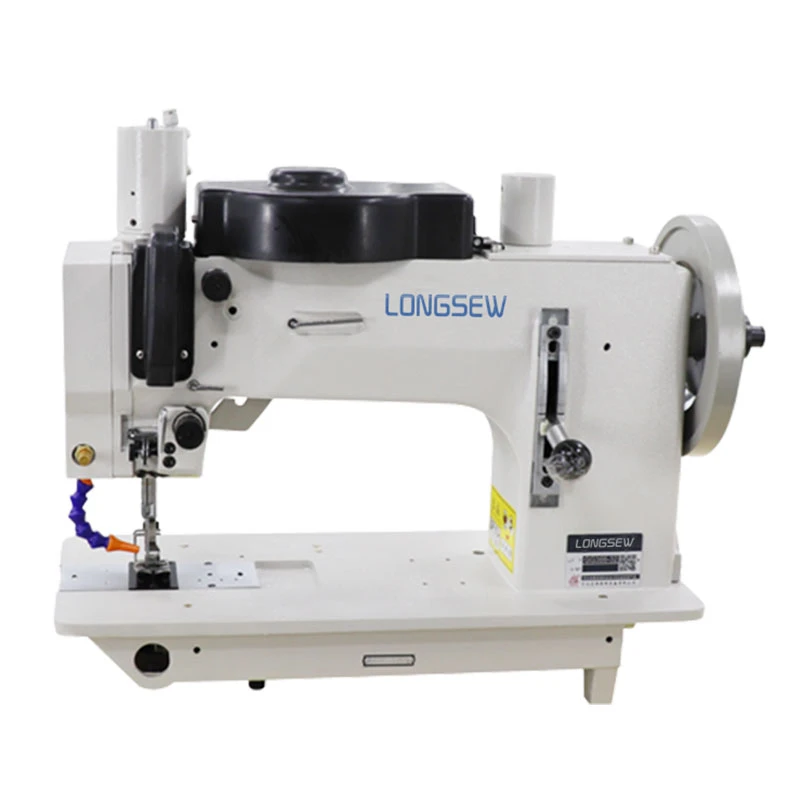stitching needle types
Understanding Different Types of Stitching Needles A Comprehensive Guide
Stitching is an integral part of various crafts, from sewing garments to quilting and even embroidery. One of the most crucial tools in any stitcher’s toolkit is the needle. While they may all look similar at a glance, different types of stitching needles are designed for specific tasks and materials. Understanding these differences can significantly enhance your stitching experience and the quality of your finished work. In this article, we will explore the various types of stitching needles, their uses, and how to choose the right one for your next project.
1. Universal Needles
Universal needles are a staple in any sewing kit. With a slightly rounded tip and a medium-sized eye, they are suitable for a variety of woven and knits fabrics. Use universal needles for general sewing purposes. If you're just starting out, this type is an excellent choice due to its versatility.
2. Ballpoint Needles
Designed specifically for knit fabrics, ballpoint needles have a rounded tip that gently pushes the fibers apart instead of piercing them. This feature prevents damage to knit stitches and reduces the risk of snags. Ballpoint needles are perfect for sewing with jersey, interlock, or other stretchy fabrics. If you're working with T-shirts or leggings, don’t forget to reach for the ballpoint needle.
3. Quilting Needles
Quilting needles come with a tapered point that penetrates multiple layers of fabric without causing damage. These needles are ideal for quilting projects, as they easily slide through thick layers. If you’re piecing quilt blocks or quilting layers together, a quilting needle is your best friend.
Denim needles are specially crafted to handle heavy fabrics like denim and canvas. They feature a strong, thick shaft and a sharp, tapered point to easily penetrate thick layers. Using a denim needle when working with heavy materials can prevent skipped stitches and needle breakage.
stitching needle types

5. Embroidery Needles
Embroidery needles have a larger eye designed to accommodate specialty embroidery threads. They also feature a slightly rounded tip to prevent damaging the fabric while creating intricate designs. If you enjoy machine embroidery or decorative stitching, using an embroidery needle will yield the best results, allowing for more complex designs without fabric distortion.
6. Twin and Triple Needles
For those looking to add decorative elements or parallel seams to their projects, twin and triple needles are a game-changer. These needles have two or three shafts, allowing you to create multiple rows of stitching simultaneously. They are typically used for embellishing fabrics and stitching hems in a decorative manner, but care must be taken to ensure that your sewing machine can accommodate their size.
7. Specialty Needles
Beyond the common types, there are several specialty needles tailored for unique applications. For instance, the Wing needle has 'wings' on the sides of the tip, creating a beautiful open stitch effect on specific fabrics. Meanwhile, the Topstitch needle is designed with a larger eye and a sharp point, making it ideal for topstitching and sewing with thicker threads.
Choosing the Right Needle
When selecting a needle for your project, consider the fabric type, the thickness of the fabric, and the type of stitching you want to achieve. Always use a needle that is suited to the job; using the wrong type can lead to thread breakage, skipped stitches, and damaged fabric. As a rule of thumb, keep a variety of needles on hand so you’re prepared for any sewing challenge that comes your way.
Conclusion
Understanding the various types of stitching needles can drastically improve your sewing skills and the outcome of your projects. Each needle has its unique purpose, and choosing the right one can make a significant difference in your stitching experience. As you dive into your next sewing endeavor, remember to select the appropriate needle type, and watch as your creations come to life with precision and ease. Happy sewing!
-
Heavy Duty Leather Sewing Machine: A Must-Have for Professional LeatherworkNewsMay.28,2025
-
Leather Sewing Machine: Essential for High-Quality LeathercraftNewsMay.28,2025
-
Extra Heavy Duty Sewing Machine for Premium Leather ApplicationsNewsMay.28,2025
-
Walking Foot Cylinder Arm Sewing Machine: Precision and Power CombinedNewsMay.28,2025
-
Industrial Cylinder Arm Sewing Machine: Engineered for High-Performance StitchingNewsMay.28,2025
-
Cylinder Bed Sewing Machine: A Powerful Solution for Precision StitchingNewsMay.28,2025
-
Zigzag Sewing MachineNewsMay.12,2025





























